Dear Dr. Rassman,
Excellent blog. It’s great to be able to find straight forward information on hair loss which isn’t over hyped (like much hair info on the web) and isn’t afraid to point out pitfalls.
I’ve consulted with a Clinic who offer a technique which appears to be an advancement of FUE . They suggested I need one session and have 2,000 follicles transplanted on the day.
From looking at the photo of me today, aged 31, does it look like I need 2,000 transplanted? (I know a photo isn’t sufficient for you to diagnose and you could easily guess 15% too high or too low from looking at it) Also, how am I to know that I wasn’t charged for 2,000 while 1,500 are transplanted?
As I’ve found your blog useful I’m sure others have too and I’m more than happy for you to publish the photos attached.
Thanks in advance
Firstly, thanks for sending and allowing me to publish your photos. Even if I know the clinic you mention, it would be unprofessional of me to give a comment. The graft recommendation of 2000 grafts appears reasonable based upon the photos you sent and projecting the building of a mature hair line which is lower than the high exposed forelock the photo shows. Viewing the hairline proposed by the doctor would give me a better way to determine the appropriateness of the estimate.
In the end, it is still a “buyer beware” market. You really need to do your research, meet with the doctor, and meet with patients from the clinic to judge the results — don’t just settle for seeing photos of results. Most important, you need to be comfortable with your ultimate decision to trust the doctor performing your surgery. Yes… its a hard process. Speaking with patients who have had the work done there before you came on the scene, will tell you much about the doctor. Speaking with the patient that has had the work done by that clinic should get you the inside scoop. I remember a clinic that offered potential clients a list of over 1,000 satisfied customers, but when I personally called the first 20 on the list, 100% of them told me of horror stories about their experiences with that clinic. The trust issue sometime is relatively easy to flush out from former patients.
If you trust the doctor, you shouldn’t have to worry if you indeed got the grafts you were promised. And yes, there are clinics that can deceive you on the number of grafts you received. We developed count sheets and for FUE we even recorded the amount of damage to the hairs in the follicular units, but damage from the FUE technique is now virtually eliminated with our new breakthrough (but we still keep a written track record of what we do every time, even with FUE². Ask the clinic you ultimately decide to have surgery with, to show you their count sheet paperwork, not only for your own surgery (as this is something you should have in your possession when you leave the surgery), but also in other patients (with the name blanked out so you can verify they actually even make count sheets and record their damaged grafts). If the clinic will not give it to you, or they do not exist, then I would probe the situation more.




Paid advertisements (not an endorsement):
![]()
![]()


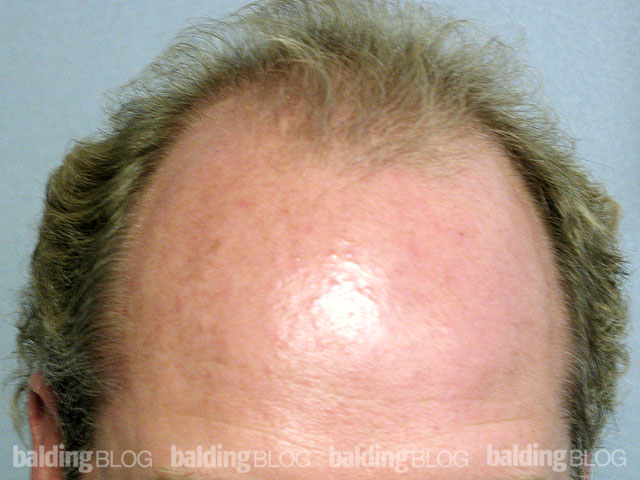
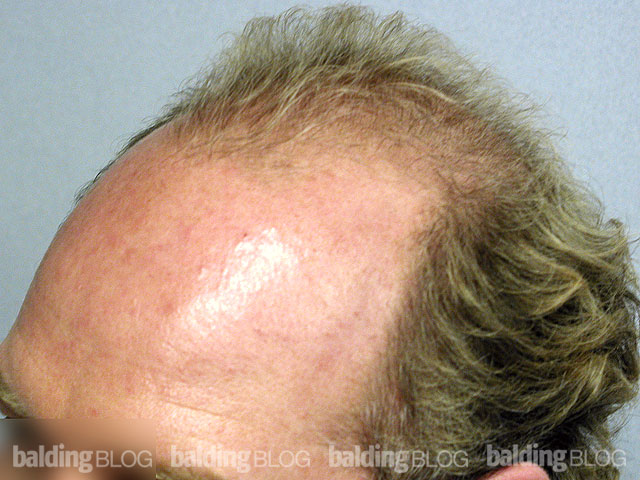
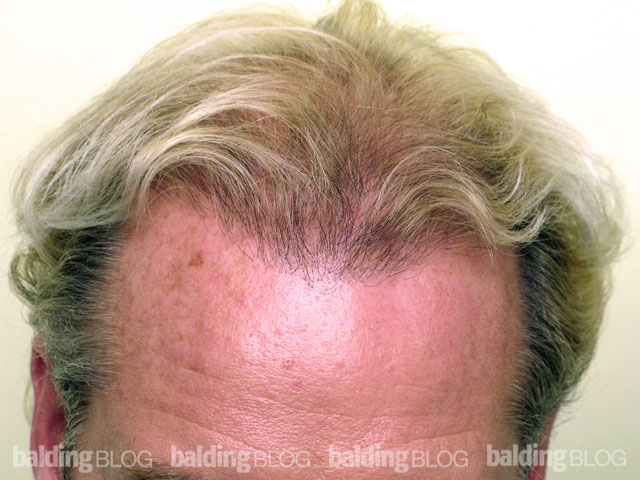
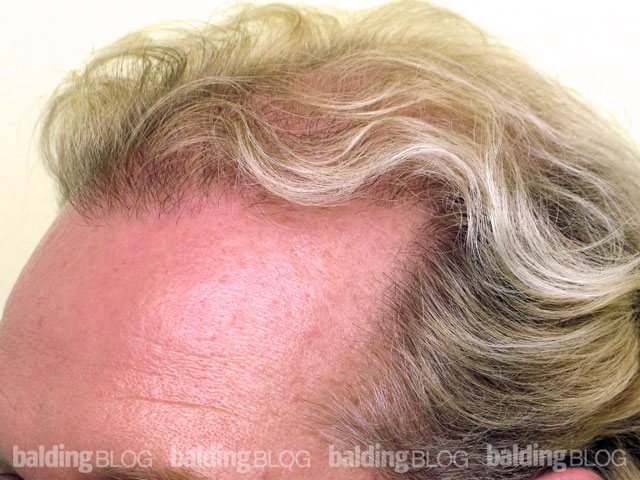
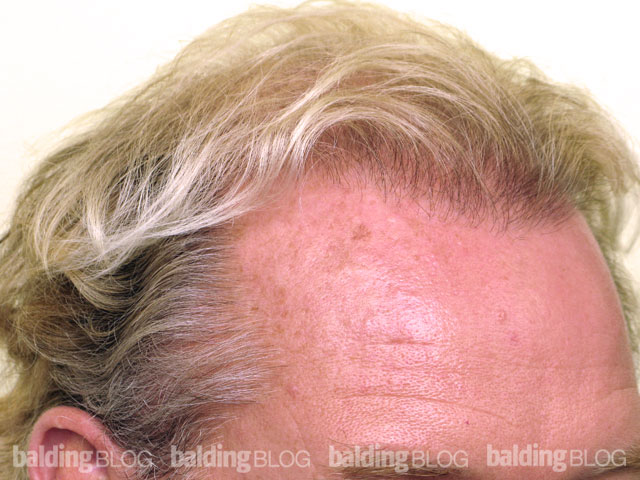

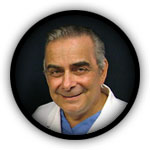 I wanted to call your attention to yesterday’s announcement relating to follicular unit extraction (FUE). As the ‘inventors’ of the procedure, publishing the
I wanted to call your attention to yesterday’s announcement relating to follicular unit extraction (FUE). As the ‘inventors’ of the procedure, publishing the